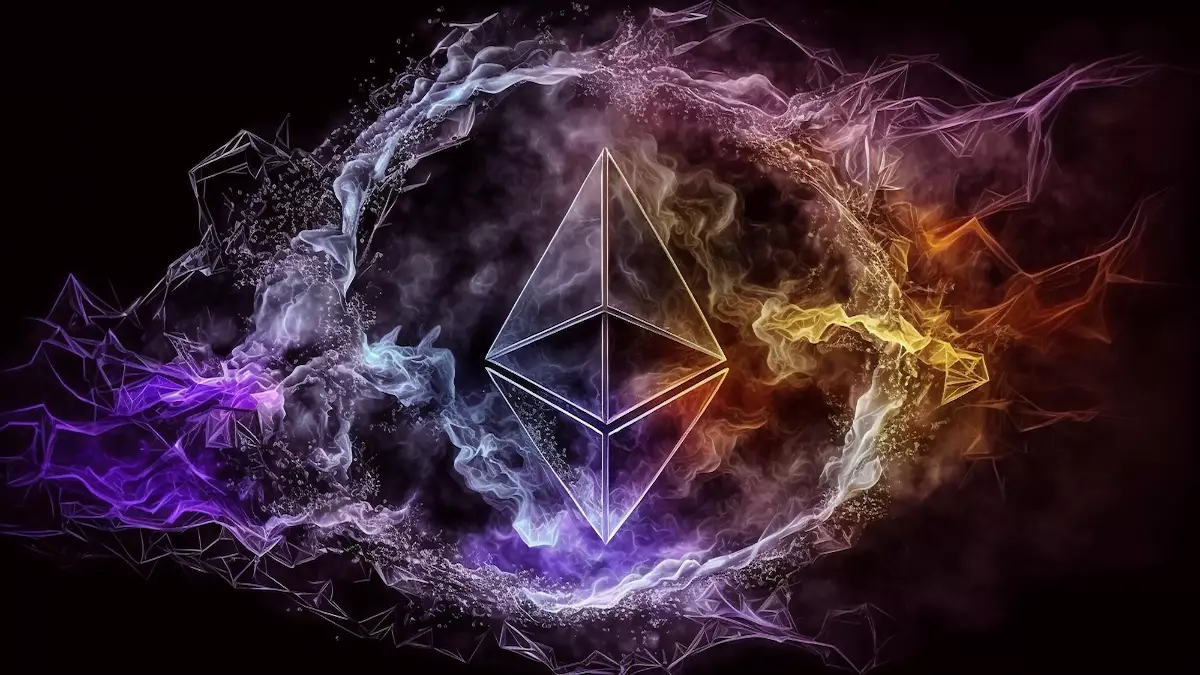On October 8, 2023, the Ethereum network experienced a significant decline in gas fees, with an average fee of 8.8 Gwei. This drop in fees had not been observed since October 2, 2022, when the average fee was 8.4 Gwei. The primary reason behind this decline can be attributed to a decrease in user engagement across various platforms and applications on the Ethereum network.
The decline in gas fees can be attributed to several factors, including the reduced activity on DeFi applications, NFT marketplaces, layer-2 networks, and Telegram trading bots.
NFT Trading Volumes
One of the significant players in the Ethereum network’s activity has been the NFT sector. However, since the beginning of the year, the NFT sector has experienced a substantial decrease in trading volumes. This decline directly impacts gas fees as fewer transactions are being executed on the network. The reduced activity in NFT trading leads to a lower demand for transaction processing, ultimately affecting the gas fees.
Telegram Trading Bots
During the second quarter of 2023, Telegram trading bots gained immense popularity. However, at the beginning of October, these trading bots witnessed a decline in activity. As these bots have contributed to the volume of transactions on the Ethereum network, a reduction in their activity also influences the gas fees.
Heavyweight Entities’ Gas Consumption
Even heavyweight entities on the Ethereum network, such as Uniswap, 1inch, and MetaMask, have experienced double-digit drops in gas consumption in the past week. Additionally, major gas spenders like Binance and Coinbase, along with layer-2 networks like Arbitrum, Optimism, and Base, have reduced their gas expenditure by 30% compared to the previous week. This marks the first instance of a downtick in consumption on the more cost-effective layer-2 networks since last year.
The reduction in gas fees and the transition to an inflationary state in September 2023 have broader implications on Ethereum’s economic model. The supply of Ethereum is now growing at a rate of around 1,450 ETH daily, which equates to about $2.2 million worth of Ethereum. This shift reflects a change in Ethereum’s economic dynamics, closely tied to network activity and gas fees.
Stakeholders and participants in the Ethereum ecosystem should closely monitor this trend of declining gas fees and reduced activity on DeFi platforms, NFT marketplaces, and other applications. This development could be a signal for further economic shifts in the near future, making it essential to stay informed and adapt to the changing dynamics of the Ethereum network.
The recent decline in gas fees on the Ethereum network can be attributed to a decrease in user engagement across various platforms and applications. The reduced activity in NFT trading, the decline in Telegram trading bot usage, and the decrease in gas consumption by heavyweight entities and layer-2 networks have all contributed to this shift. This drop in gas fees has led to an inflationary state for Ethereum, impacting its economic model and supply growth. As stakeholders and participants in the Ethereum ecosystem, it is crucial to monitor and adapt to these changing dynamics, as they may indicate further economic shifts in the future.


Leave a Reply